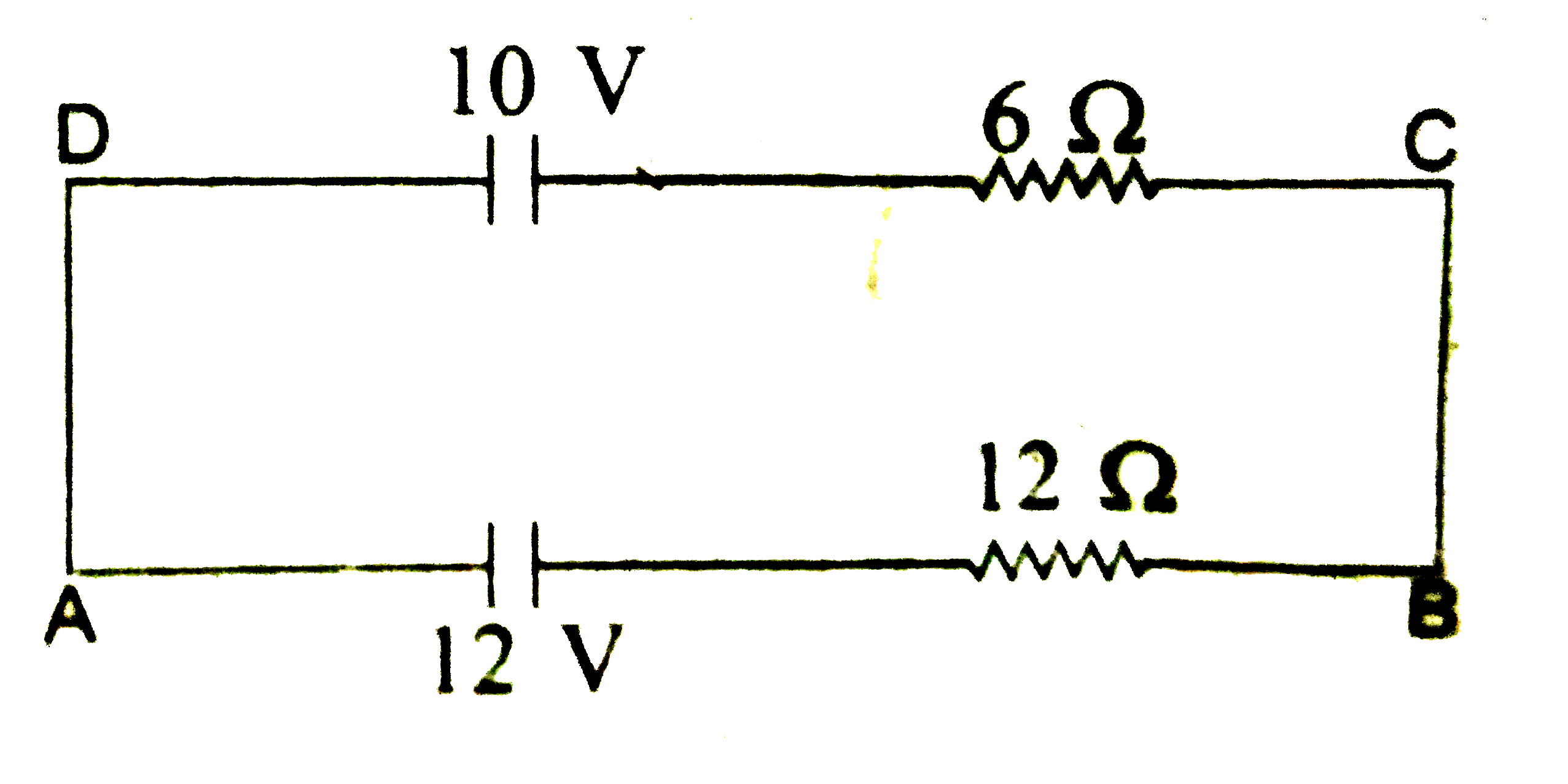In this question below is given a statement followed by three assumption numbered I II and III. you have to considered the statement and the following assumptions decide which of the assumptions is implicit in the statement and choose your answer accordingly.
Statement:Everybody loves reading adventure stories.
Assumption I. Adventure stories are the only reading material.
II. Nobody loves reading any other material.
III. All are literate.
(a) None is implicit.
(b) Only I and II are implicit.
[c]All are implicit.
(d) Only II and III are implicit.
(a) None is implicit
Topper's Solved these Questions
Similar Questions
In this type of question, a statement is given followed by two courses of action numbers I and II. The candidate is required to graph the statement, analyse the problem or policy it mentions and then decide which of the courses of action logically follow(s).
Statement The officer Incharge of a Company had a hunch that some money was missing from the safe.
Courses of action I. He should get it recounted with the help of the staff and check it with the balance sheet.
II. He should inform police.07:22View SolutionIn given question below, a statement is given followed by two courses of action numbered I and II. A course of action is a practicable and possible step or administrative decision to be taken for follow up, improvement or further action in regard to the problem, policy, etc. On the basis of the information given in the statement, you have to assume everything in the statement to be true, and decide which of the suggested courses of action logically follow/s for the pursuing. Give answer:
(a) If only I follows
(b) If only II follows
(c) If either I or II follows (d) If both I and II follows
Statements: Four cases of pick pocketing were reported at one of the most renowned five star hotels last evening.
Course of Action:
I. The hotel staff should be instructed to be vigilant and report any suspicious person or activity.
II. More CCTV cameras should be installed near these incidents take place.04:24View Solutionरासायनिक समीकरण देते हुए स्पष्ट कीजिये कि क्लोरोबेन्जीन से निम्नलिखित यौगिकों को कैसे बनायेंगे -
(i ) DDT , (ii ) टॉलूईन , (iii ) बेन्जीन , (iv ) फिनॉल।05:08View Solutionदिए गए चित्र में दिखाए गए परिपथ में लगी बैटरी का विधुत वाहक बल्ब 12 बोल्ड तथा आन्तरिक प्रतिरोध नगण्य है । अमीटर Aके पाठ्यांक की गणना कीजिए जबली कुँजी K (i) खुली हो , (ii) बन्द हो ।
02:43View Solutionदिए गए वैघुत परिपथ की सहायत से वोल्टमीटर का पाठ्यांक ज्ञात कीजिए ।
03:08View Solutionदिए गये विघुत परिपथ की सहायता से ज्ञात कीजिए
- (i) परिपथ में धारा , तथा
(ii) बिन्दु A तथा B के बीच विभवान्तर ।
 04:47View Solution
04:47View Solutionवह पदार्थ जो किसी चुम्बकीय क्षेत्र में रखने पर चुम्बकीय क्षेत्र के विपरीत क्षीण चुम्बकन (magnetisation) प्राप्त कर लेता है, है -
05:12View Solutionएक प्रेरक के बहने वाली धारा, i=4+12t द्वारा दी जाती है, जहाँ I ऐम्पियर में तथा t सेकण्ड में है | इसमें स्वप्रेरित विधुत वाहक बल 12 mV है | ज्ञात कीजिए- (i) स्वप्रेरकत्व, तथा (ii) t=1 सेकण्ड पर प्रेरक में संचित ऊर्जा एवं इसको प्रदान की गयी शक्ति |
07:45View Solutionएक रेखिक समीकरण दी गई है । दो चरो में एक ऐसी और रेखिक समीकरण लिखिए ताकि प्राप्त युग्म का ज्यामितीय निरूपण जैसा कि:
(i)प्रतिच्छेद करती रेखाए हो।
(ii) समान्तर रेखाए हो।
(iii) सम्पती रेखाए हो|04:26View Solutionठोस पदार्थो में दोष (defects in solids) से संबंधित कौन-सा (से) वक्तव्य सही है (हैं) ?
02:27View Solutionतीन तत्वों के E∘O.P. इस प्रकार है -
I=2.92V, II=0.76V, III=−2.65V
इनमे से कौन - सा प्रबलतम ऑक्सीकारक होगा व कौन प्रबलतम अपचायक ?View Solutionनिम्नलिखित कथनों पर विचार करें :
कथन I : →a=2→i−3→j+→k और →b=5→i+2→j−4→k परस्पर लंबवत है
कथन II : →a×→b=001:21View Solutionनिम्नलिखित कथनों पर विचार करें :
कथन I : यदि A और B प्रतिदर्श समष्टि S के संगत दो घटनाएँ ऐसा है कि P(A)=0.2 और P((B)=0⋅8 तो A⋃B एक सुनिश्चित घटना है |
कथन I : यदि A और B परस्पर अपवर्ती हों तो P(A)+P(B)=1 इन कथनो में :View Solutionनिम्नलिखित कथनों पर विचार करें :
कथन I : माना कि ddx{f(x)+c}=F(x) तब ∫F(x)dx=f(x)+c
कथन II : समाकलन, अवकलन का प्रतिलोम प्रक्रम है | इन कथनो में :07:58View Solutionनिम्नलिखित कथनों पर विचार करें :
कथन I : माना कि f:N→Y एक फलन है, जो f(x)=9x+3 द्वारा परिभाषित है, जहाँ Y={y:y=9x+3,x∈N} तो f एकैकी फलन है |
कथन II : x1,x2∈N के लिए f(x1)=f(x2)⇒x1=x2 इन कथनो में :02:34View Solutionनिम्नलिखित कथनों पर विचार करें :
कथन I : f(x)=4x3+9x2−12x के लिए स्थानीय अधिकतम का बिंदु है x=-2
कथन II : 'f(−2)=0 और f''(−2)>0. इन कथनो में :03:36View Solution

